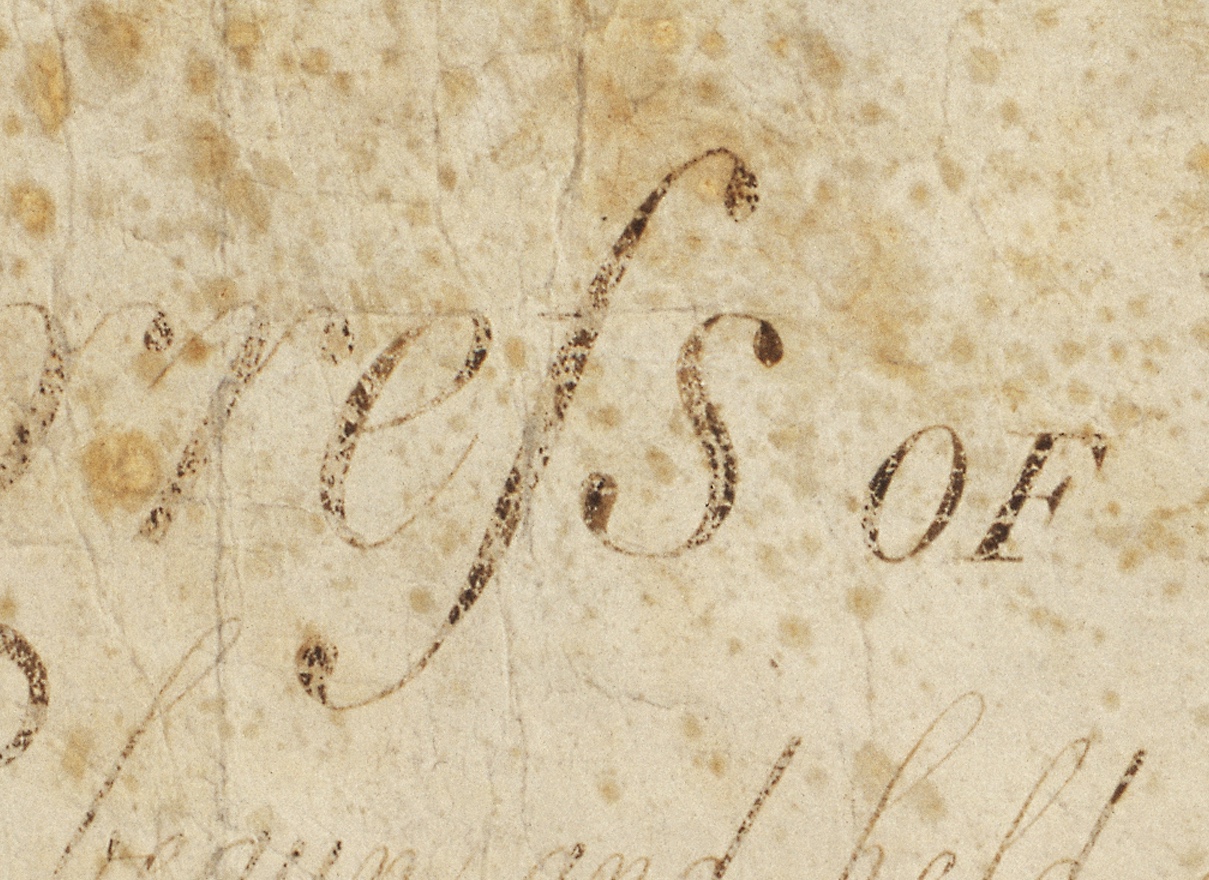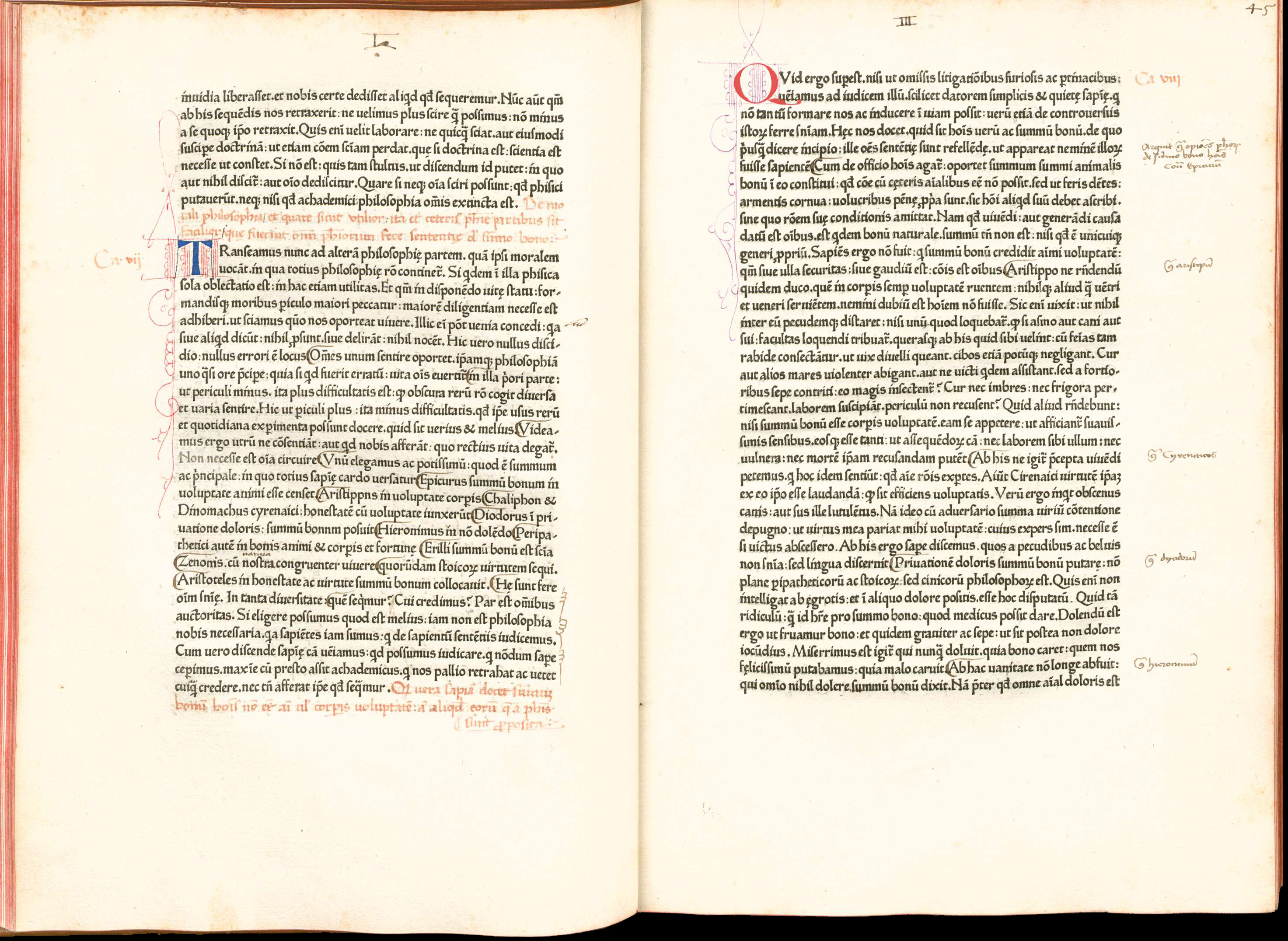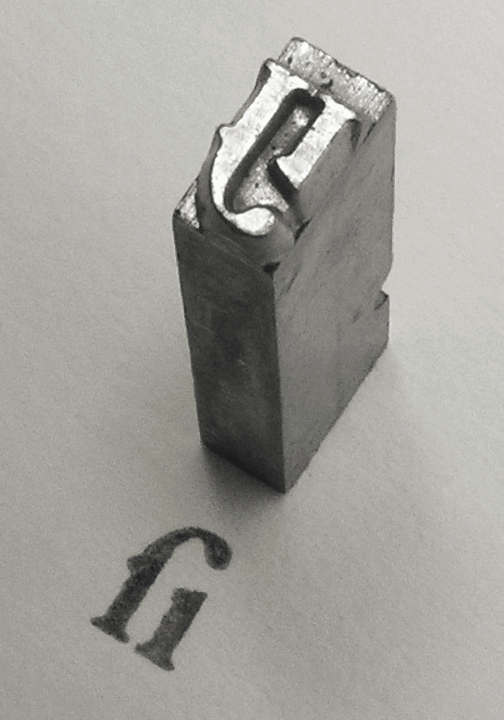|
Ashendene Press
The Ashendene Press was a small private press founded by St John Hornby (1867–1946). It operated from 1895 to 1915 in Chelsea, London and was revived after the war in 1920. The press closed in 1935. Its peers included the Kelmscott Press and the Doves Press. Hornby became friends with William Morris and Emery Walker, who helped inspire his work. These three presses were part of a "revival of fine printing" that focused on treating bookmaking as fine art. The Ashendene Press was famous for producing high-quality works by Dante. Ashendene books had excellent bindings and focused more on pleasure than reform than the other private presses of the time, though one review claims that the Ashendene Press was the most successful private press in recapturing the essence of fifteenth-century printing. Ashendene books were carefully printed with large margins, and despite their lack of extravagant decoration, they were considered spectacular works of art. Two original typefaces were create ... [...More Info...] [...Related Items...] OR: [Wikipedia] [Google] [Baidu] |
Florence Kingsford Cockerell
Florence Kate Kingsford, Lady Cockerell (25 May 1871 – 18 September 1949), known variously as Florence Kingsford and Kate Cockerell, was a British illustrator and calligrapher who specialized in creating illuminated manuscripts. She worked with the Ashendene Press, the writer Olive Schreiner, and the archaeologist Flinders Petrie, among others. She is considered a leading illuminator of the British Arts and Crafts movement, with one authority holding that her originality as an illuminator was greater even than that of William Morris. She also designed some sets and costumes for opera and ballet. Education and family Florence Kate Kingsford was born in Canterbury, England, the daughter of Annie Harriette (Mosley) Kingsford and Charles Tomson Kingsford, a financial agent. She studied at the Central School of Arts and Crafts, where she learned techniques of medieval manuscript illumination, such as applying gold leaf to parchment. She further developed her technique by studyi ... [...More Info...] [...Related Items...] OR: [Wikipedia] [Google] [Baidu] |
Long S
The long s , also known as the medial s or initial s, is an archaism, archaic form of the lowercase letter . It replaced the single ''s'', or one or both of the letters ''s'' in a 'double ''s''' sequence (e.g., "ſinfulneſs" for "sinfulness" and "poſſeſs" or "poſseſs" for "possess"—but never asterisk#Ungrammaticality, *"poſſeſſ"). The modern letterform is known as the 'short', 'terminal', or 'round' s. In typography, it is known as a type of swash letter, commonly referred to as a "swash s". The long s is the basis of the first half of the grapheme of the German alphabet Orthographic ligature, ligature letter , (''eszett'' or [sharp s]). Rules This list of rules for the long s is not exhaustive, and it applies only to books printed during the 17th and 18th centuries in English-speaking countries. Similar rules exist for other European languages. * A round s is always used at the end of a word ending with s: "his", "complains", "ſucceſs" ** However, long s is m ... [...More Info...] [...Related Items...] OR: [Wikipedia] [Google] [Baidu] |
Subiaco, Italy
Subiaco is a town and ''comune'' in the Metropolitan City of Rome, in Lazio, central Italy, from Tivoli alongside the river Aniene. It is a tourist and religious resort because of its sacred grotto ( Sacro Speco), in the medieval St Benedict's Abbey, and its Abbey of Santa Scolastica. The first books to be printed in Italy were produced here in the late 15th century. History Among the first ancient settlers in the area were the Aequi, an Italic people. In 304 BC they were conquered by the Romans, who introduced their civilization and took advantage of the waters of the Aniene river. The present name of the city comes from the artificial lakes of the luxurious villa that Roman emperor Nero had built: in Latin ''Sublaqueum'' means "under the lake." The name was applied to the town that developed nearby. The biggest of the three Subiaco Dams was then the highest dam in the world until its destruction in 1305. After the fall of the Roman Empire, the villa and the town were ab ... [...More Info...] [...Related Items...] OR: [Wikipedia] [Google] [Baidu] |
Arnold Pannartz And Konrad Sweynheim
Arnold Pannartz and Conrad Sweynheym were two printers of the 15th century, associated with Johannes Gutenberg and the use of his invention, the mechanical movable-type printing press. Backgrounds Arnold Pannartz was, perhaps, a native of Prague, and Conrad Sweynheym of Eltville near Mainz. Gottfried Zedler believed (''Gutenberg-Forschungen,'' 1901) that Sweynheym worked at Eltville with Johannes Gutenberg in 1461–1464. Whether Pannartz had been connected with Sweynheym in Germany is not known. It is certain that the two brought Gutenberg's invention, the mechanical movable-type printing press, to Italy. Pannartz died about 1476, Sweynheym in 1477. Printing work The Benedictine abbey of Subiaco was the cradle of Italian printing. Probably Cardinal Giovanni Turrecremata, who was Abbot ''in commendam'' of Subiaco, summoned the two printers there. They came in 1464. The first book that they printed at Subiaco was a Donatus; it has not, however, been preserved. The first book p ... [...More Info...] [...Related Items...] OR: [Wikipedia] [Google] [Baidu] |
Subiaco Press
The Subiaco Press was a printing press located in Subiaco, Italy. The Press was established in 1464 by the German monks Arnold Pannartz and Konrad Sweynheim in the Abbey of Santa Scolastica, Subiaco. Sweynheim had worked with Johannes Gutenberg, the inventor of the mechanical movable-type printing press. Making use of the invention, Subiaco Press was the first printing press in Italy. The first book printed at Subiaco was a work by 4th century writer Aelius Donatus; it has not been preserved. This was followed by Cicero's 1st century BC work ''De Oratore'', printed at Subiaco in September 1465, a copy of which is preserved in the Buchgewerbehaus at Leipzig. The next book was the Lactantius 4th century work ''The Divine Institutes'', printed in October 1465. In 1467, Augustine of Hippo's 5th century ''The City of God'' was printed. These early books are notable for their typography. Unlike earlier German books, they were not printed in blackletter type. Instead, they were printed i ... [...More Info...] [...Related Items...] OR: [Wikipedia] [Google] [Baidu] |
Font
In metal typesetting, a font is a particular size, weight and style of a typeface. Each font is a matched set of type, with a piece (a "sort") for each glyph. A typeface consists of a range of such fonts that shared an overall design. In modern usage, with the advent of computer fonts, the term "font" has come to be used as a synonym for "typeface", although a typical typeface (or "font family") consists of a number of fonts. For instance, the typeface "Bauer Bodoni" (sample shown here) includes fonts "Roman" (or "Regular"), " Bold" and ''" Italic"''; each of these exists in a variety of sizes. The term "font" is correctly applied to any one of these alone but may be seen used loosely to refer to the whole typeface. When used in computers, each style is in a separate digital "font file". In both traditional typesetting and modern usage, the word "font" refers to the delivery mechanism of the typeface. In traditional typesetting, the font would be made from metal or wood type: ... [...More Info...] [...Related Items...] OR: [Wikipedia] [Google] [Baidu] |
History Of Western Typography
Modern typographers view typography as a craft with a very long history tracing its origins back to the first punches and dies used to make seals and coinage currency in ancient times. The basic elements of typography are at least as old as civilization and the earliest writing systems—a series of key developments that were eventually drawn together into one systematic craft. While woodblock printing and movable type had precedents in East Asia, typography in the Western world developed after the invention of the printing press by Johannes Gutenberg in the mid-15th century. The initial spread of printing throughout Germany and Italy led to the enduring legacy and continued use of blackletter, roman, and italic types. Medieval design roots Typography, type-founding, and typeface design began as closely related crafts in mid-15th-century Europe with the introduction of movable type printing at the junction of the medieval era and the Renaissance. Handwritten letterfor ... [...More Info...] [...Related Items...] OR: [Wikipedia] [Google] [Baidu] |
Folios
The term "folio" (), has three interconnected but distinct meanings in the world of books and printing: first, it is a term for a common method of arranging sheets of paper into book form, folding the sheet only once, and a term for a book made in this way; second, it is a general term for a sheet, leaf or page in (especially) manuscripts and old books; and third, it is an approximate term for the size of a book, and for a book of this size. First, a folio (abbreviated fo or 2o) is a book or pamphlet made up of one or more full sheets of paper, on each of which four pages of text are printed, two on each side; each sheet is then folded once to produce two leaves. Each leaf of a folio book thus is one half the size of the original sheet. Ordinarily, additional printed folio sheets would be inserted inside one another to form a group or "gathering" of leaves prior to binding the book. Second, folio is used in terms of page numbering for some books and most manuscripts that are ... [...More Info...] [...Related Items...] OR: [Wikipedia] [Google] [Baidu] |
Southern Methodist University
, mottoeng = "The truth will make you free" , established = , type = Private research university , accreditation = SACS , academic_affiliations = , religious_affiliation = United Methodist Church , president = R. Gerald Turner , provost = Elizabeth G. Loboa , coor = , students = 12,373 (fall 2020) , undergrad = 6,827 (fall 2020) , postgrad = 5,546 (fall 2020) , faculty = 1,151; 754 full time (Fall 2019) , endowment = $2.0 billion (2021)As of June 30, 2020. , city = Dallas , state = Texas , country = United States , campus = Large City , campus_size= (main) , colors = SMU Red SMU Blue , sports_nickname = Mustangs , athletics_affiliations = NCAA Division I FBS – AAC , mascot = Peruna , website = , logo = Southern Methodist University logo.svg , logo_upright = .8 , free_label2 = Newspaper , free2 = ''The Daily Campus'' , free_label = Other campuses , free = Taos Southern Methodist University (SMU) is a private research university in Univ ... [...More Info...] [...Related Items...] OR: [Wikipedia] [Google] [Baidu] |
William Henry Smith (1825–1891)
William Henry Smith, FRS (24 June 1825 – 6 October 1891) was an English bookseller and newsagent of the family firm W H Smith, who expanded the firm and introduced the practice of selling books and newspapers at railway stations. He was elected a Member of Parliament in 1868 and rose to the position of First Lord of the Admiralty less than ten years thereafter. Because of his lack of naval experience, he was perceived as a model for the character Sir Joseph Porter in ''H.M.S. Pinafore''. In the mid-1880s, he was twice Secretary of State for War, and later First Lord of the Treasury and Leader of the House of Commons, among other posts. Background and business career The son of William Henry Smith (1792–1865), Smith was born in London. He was educated at Tavistock Grammar School before joining his father's newsagent and book business in 1846, at which time the firm became W H Smith & Son. Both men took advantage of the railway boom by opening news-stands on railway stati ... [...More Info...] [...Related Items...] OR: [Wikipedia] [Google] [Baidu] |
Joseph Zaehnsdorf
Joseph Zaehnsdorf (27 February 1816 – 7 November 1886), was a bookbinder. Zaehnsdorf was the son of Gottlieb Zaehnsdorf, of Pesth in Austria-Hungary, where he was born and educated. At the age of fifteen he was apprenticed to Herr Knipe, a bookbinder of Stuttgart, with whom he remained five years, afterwards proceeding to Vienna, where he worked in the shop of Herr Stephan, a bookbinder in a large way of business. He left Vienna about 1836, and successively visited Zürich, Freiburg, Baden-Baden, and Paris. In 1837 he came to London, and obtained employment in the establishment of Messrs Wesley & Co., Friar Street, Doctors' Commons, for whom he worked three years. He afterwards entered the shop of Mr Mackenzie, a binder of considerable eminence, and there he remained until 1844, when he commenced business on his own account at 2 Wilson Street, removing in 1856 to 30 Brydges Street, Covent Garden, afterwards called 36 Catherine Street.Broomhead, Frank. ''The Zaehnsdorfs (1842–19 ... [...More Info...] [...Related Items...] OR: [Wikipedia] [Google] [Baidu] |






.jpg)